This post contains affiliate links. We may get paid an affiliate commission if you buy something or take an action after clicking one of the links on this web page.
Spyderco released Paul Alexander’s Ouroboros in 2016, and they discontinued the model last year. I waited until now to review it because I’ve carried and used the knife as my primary every day carry for several months—the only worthwhile review comes from someone who has actually cut something with the knife. Knife unboxings are fun to watch but they aren’t valuable reviews. And although the claim seems counterintuitive, I’m also reviewing the Ouroboros now because Spyderco discontinued it. Many reviews are nothing more than unwanted advertisements disguised as friendly advice. The Ouroboros provides an excellent option for a small EDC blade, and the reason you can be certain is that you can’t buy it from a retailer anymore.
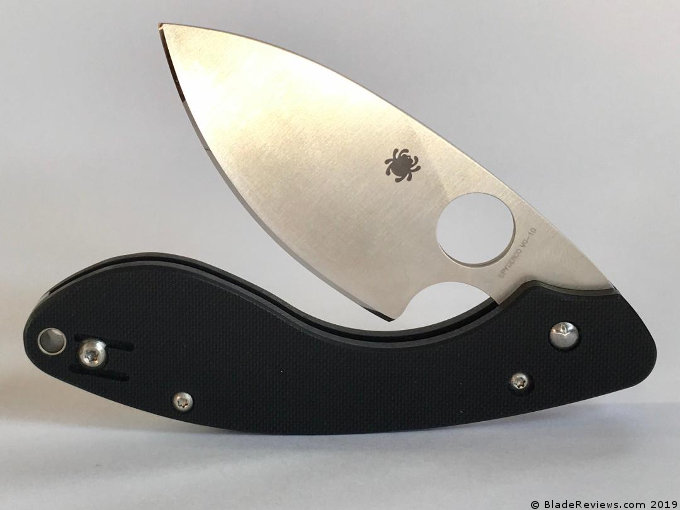
An EDC blade should have a good steel in a versatile blade shape, and the Ouroboros has both. Even though VG-10 no longer excites steel junkies, its balance of toughness, corrosion resistance, edge retention, and ease of sharpening make it a solid all-round steel. There are better steels on the market, for sure, but VG-10 takes a mirror edge and holds it fairly well. Under light use such as slicing paper and cutting packing tape, VG-10 can hold an edge of 15 degrees per side, but the 20-degree factory bevel on my Ouroboros gives it the extra strength needed to push through cardboard and carrots. I wouldn’t try to baton through kindling with it but the blade has been tough enough for everyday use, and I haven’t seen a spot of rust.
Sharpening VG-10 with machine-guided stones followed by hand stropping has been about as easy as 440C, and much easier than notoriously hard steels such as ZDP-189 or S90V. The blade’s leaf shape and deep finger choil allow for a number of secure grips: you can rest your thumb on top of the blade with your forefinger behind the choil, pinch the thin tang near the Spyder-hole for kitchen tasks, or pinch-grip the handle just behind the tang to use the whole blade (just under 3 inches). The blade design also aids sharpening by avoiding Spyderco’s dreaded plunge grind where the edge bevel gets close to the ricasso, making it difficult to sharpen the blade along the entire edge.
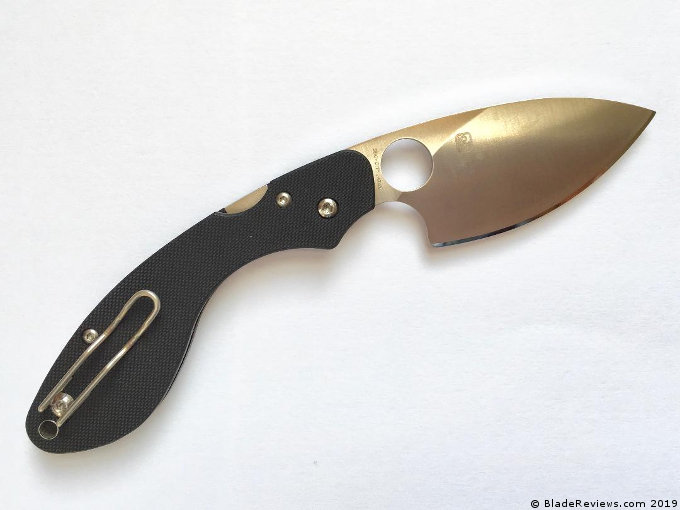
The Ouroboros uses Spyderco’s patented compression lock, one of the most secure locking mechanisms on the market. We expect a folding knife’s lock not to fail, but the compression lock offers something that others don’t: it’s just plain fun to use! I Spyder-flick the blade with my middle finger and then press the liner tab to let the blade drop freely back into the handle. I hold the tab down and wrist-flick the blade back out. I shoot the blade back out with my thumb… It’s addictive.
The lock’s tab is the only visible part of the nested liners. The handle scales are grippy, but they aren’t the pattern of G-10 that shreds denim as you pull the knife out of your pocket. The Ouroboros fits snugly into the watch pocket of jeans because its handle is under a half-inch wide and it is just over 4 inches long. Once it’s clipped into the pocket, the lanyard hole and the paperclip-style pocket clip (the same size as the Dragonfly 2’s) are all that’s visible.
The knife’s specs and features make it a solid EDC choice, but it’s the subtle aesthetic details that make it not just my favorite knife to carry but also my favorite to admire. When it’s closed, the Ouroboros looks like it was designed to stay closed. Resting upright on a table, the knife balances on a few millimeters of G-10 behind the lock’s tab. Blade and handle look like an elongated oval, with the base of the blade’s spine emerging smoothly from the top of the handle, and the blade’s ample tip concealed within the narrow swirl at the handle’s base. The G-10 dips at the center of the handle, and a grind line—the transition from the thicker spine to the blade’s flat grind—cuts through the opening hole and across the blade at an angle that matches the handle’s sinuous line.
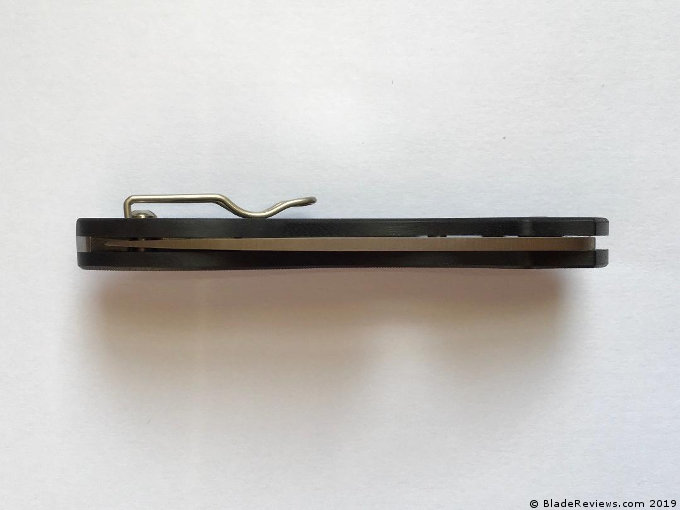
When the knife is open, it’s hard to believe that the tall blade came out of the narrow handle. The knife uniformly curves from tip to handle base, as if it were a few degrees taken from a large circle. In the hand, the spine’s curve rests comfortably along your palm. The balance point sits just below the lock’s tab, about where your middle finger rests in a standard grip. The curve and the balance point make an already light knife (just over 2.5 ounces) seem to be a weightless extension of your hand.
The Ouroboros is, for me, a perfect EDC. No two users will completely agree, but the foregoing review was my honest opinion, taken from months of enjoyment. Reviewers during the initial marketing push following the knife’s release had some fair criticisms: the knife was priced too high ($289.95 MSRP) for a small knife with a VG-10 blade, and Spyderco skimped when they used Teflon rather than phosphor-bronze
washers. In my experience, the washers have felt smooth and have been durable. The price kept me from buying the knife initially; I waited until the street price was well under 50% of MSRP before I bought one. With that said I’d pay full MSRP to replace it, if I had to.
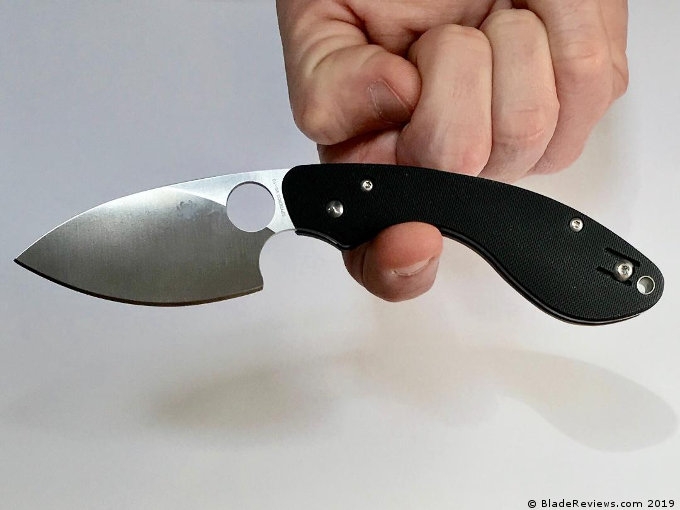
New reviews all but disappeared shortly after the marketing phase, as they usually do. Some people reviewed the Ouroboros because they enjoy collecting or using knives and they wanted others to experience the same. They also might have done it because they hoped that attracting subscribers to their social media accounts would eventually allow them to quit their 9-5 grinds. Both are noble causes. But it has become more difficult to sort honest knife reviews from disguised advertisements.
I found myself confused during the time that I was reading and watching reviews, trying to decide whether to spend my hard-earned money on an Ouroboros. I struggled to answer simple questions: Is this a good knife, or have I just read an “advertorial”? A portmanteau of advertisement and editorial, an advertorial is a way for marketers to deliver ads that appear to be friendly advice. Search for a review online and you’ll encounter advertorials that conveniently offer a link to purchase the knife. Watch video reviews and the reviewers might mention that a manufacturer or a retailer provided the samples, or they might not. The most valuable PR is a consumer’s endorsement of a
product on social media, which appears to be unsolicited but is often just the opposite.
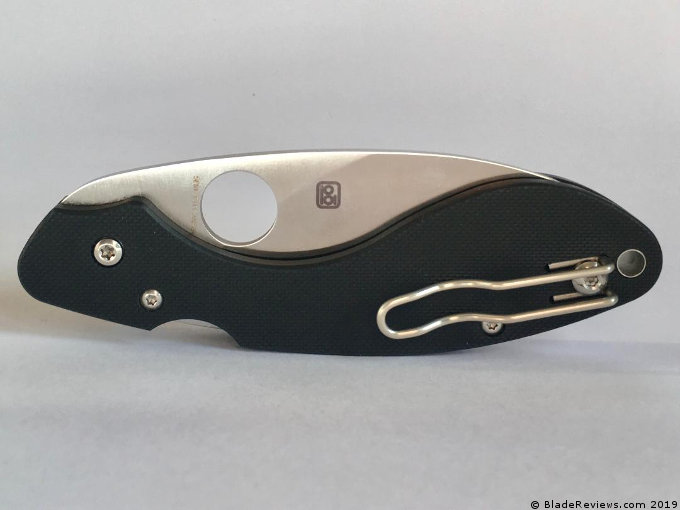
Knife addicts, steel junkies, edge snobs… all of us are susceptible to nefarious marketing schemes when we’re researching a potential purchase. One way to make a clearer decision is to avoid reviews of knives still available for purchase, or at least to maintain a healthy skepticism. Consider the reviewer’s or the website’s ethics. Does the reviewer pull the knife out of a box and tell you how great it is, with a few detractors added for credibility, or has the reviewer already carried and used the knife? Does the reviewer disclose who provided the knife and how that might influence the review? Does the website explain why there are links to purchase the knife within an article, or just following it? If you can’t answer those questions, then you should move on to another review.
My review of the Ouroboros arose from a deep enjoyment of the knife, and I wanted to share that with like-minded people. If you’d like to purchase any of the Ouroboroses that I’ve stockpiled since it has been DISCONTINUED, click on the link below to check out my online auctions…
Author: Christian Zawojski
Note from the Editor: Christian wanted to submit this as a guest review for publication, so I thought “why not?” It’s interesting knife and commentary on knife reviewers. Thank you, Christian for the entertaining and thought provoking article!
GREAT INSIGHT!!
A good candidly subjective review by an actual user/owner! (Unheard of, no?).
We owe the writer a great debt. Thanks for taking the time to write this.
It’s almost entirely unheard of. Usually it’s just a bunch of jackasses trying to sell you shit you don’t need! 😉